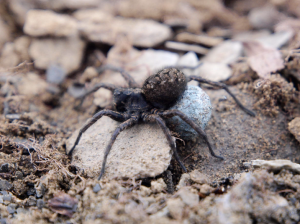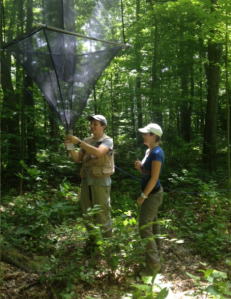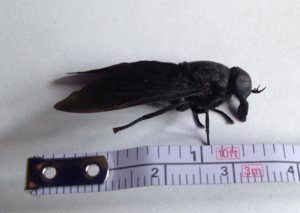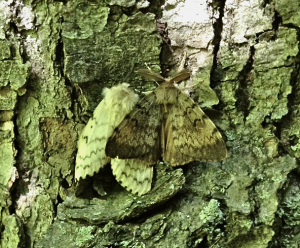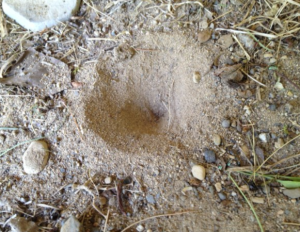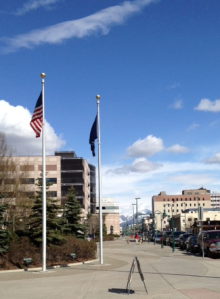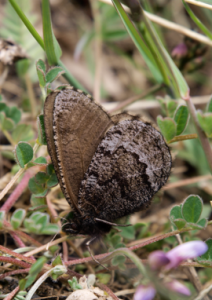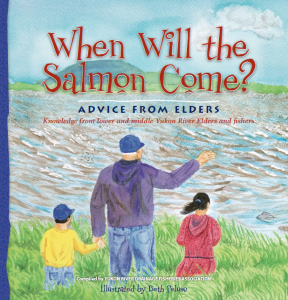It’s been a successful few weeks in the lab! Two weeks ago I promoted an exciting paper about spider silk and herbivory and just after that paper come out, another publication from our lab was published, titled: “Does species-level resolution matter? Taxonomic sufficiency in terrestrial arthropod biodiversity studies“. This paper evolved out of a past graduate-level class in Forest Entomology at McGill, and was re-worked and re-written by post-doc Laura Timms, former Phd student Joseph Bowden, and my colleague Keith Summerville.
Let me provide a plain language summary of this work and I will also touch upon some of the controversy that has arisen because of this paper:
Biodiversity science is about the discovery and description of all the different kinds (species) of organisms living on our planet. It is a vitally important area of research because different species play important roles in our ecosystems, and as a consequence, are important to us. The different number of species in an area can also inform us about how we might be harming or helping ecosystems. This is an active area of study in the context of forestry, since some forest practices (for example, cutting all the trees down in an area) can cause changes in the number of species (and whether they are rare or common) and these changes can inform us about whether our forestry practices are harming our ecosystems. All of this kind of work, however, depends on the ability of scientists to collect, sort, and identify different kinds of species. Since most described species on the planet are Arthropods (e.g., spiders, insects, and their relatives), these animals are often used as a way to indicate how biodiversity might be affected by environmental change. However, there is a problem: it takes a very long time to identify different arthropods, and it is costly and difficult - requiring highly specialized training, by people known as taxonomists. In our research project, we asked whether not you always need to know the exact differences between insects and spiders in order to tell if a disturbance is affecting biodiversity. We did this by looking at a series of data-sets about beetles (Coleoptera), moths & butterflies (Lepidoptera), and spiders (Araneae). These data-sets were from past research projects about how forest disturbance affects biodiversity.
Here is how we did the work: Different kinds of organisms are classified using a two-part name: the genus and the species. There can be many different species within one genus. You can then classify different genera (the plural of genus) into grouping called Families. For example, all wolf spiders are in the Family Lycosidae. A common genus within this family is Pardosa - there are dozens of species of Pardosa in Canada; Pardosa mackenziana, Pardosa moesta, Pardosa hyperborea, etc. We first took our big data-sets and using the lowest level of naming (the species) we asked whether forest disturbance affected biodiversity. We then grouped all our species into their respective genera -this meant that the data-sets got smaller (i.e., there are necessarily fewer genera than species). We did the same analysis to see if we could still get a signal about the effects of disturbance on biodiversity, but now with the ‘reduced’ data. We did this again at the family level. We did this because we wanted to know if you could take a short-cut. Stated another way, if you don’t have the time or ability to figure out all the species in your research project, can you still see if there is an effect of forestry on biodiversity?
Our results showed that in most cases, you do not need to know the species identity to see the effects of forestry practices on the biodiversity of spiders, beetles and moths & butterflies - you do not get as clear answers when things were grouped into Families, but the datasets with species grouped into genera were almost as good as when you group things into species. This was surprising, because an assumption in biodiversity science is that species-level identifications are necessary and should be the ‘gold standard’ for this kind of research. We showed that in many cases, you can get your answer by identifying arthropods to the generic level: this can save you a lot of time (and money). Some researchers (including taxonomists) may not be thrilled with this result as it might suggest that species are not important, and specialized taxonomic knowledge is not essential to complete biodiversity research. This is certainly not the case, which leads me to the caveats:
1) Our results do not mean species are not important! Instead, we are saying that if there are logistical and financial constraints, you might be able to answer your research question without having to identify all the species. If you have a project about large-scale disturbance and are looking to see whether there are any broad affects on biodiversity, our approach might work. However, you might miss some subtle effects, so this approach must be taken with caution. Although our suggestion is a short-cut, it would still be important to save all the samples, and at a later time (as money and expertise permits) the species could be determined.
2) Our study is specifically geared towards research about insects and spiders in relation to large-scale forestry disturbances. We are not saying that this will work in all situations and with all different kinds of organisms! The context is important. Related to this, if an overarching research question is about species in an ecosystem, species-level identifications are essential. Everything depends on the research question and the research context.
3) This general approach that we have discussed is highly dependent on what kind of organisms you are studying. If you are working with a group of organisms that do not have too many different species within a genus, our approach may work. If, however, there are many species within a single genus, our suggestion will not work as well. Therefore, a researcher should look at the general relationship between the number of species per genus for their study organisms and use this ratio as a guide when thinking about taking the short-cut that we discussed in the research.
In sum, we are quite excited about this research - we think it will provide more opportunities for biodiversity projects to get done, and will help answer certain research questions when there are substantial constraints on time and money. This is one way to be pragmatic about biodiversity research.
Please share your thoughts!
Reference:
Timms, L., Bowden, J., Summerville, K., & Buddle, C. (2012). Does species-level resolution matter? Taxonomic sufficiency in terrestrial arthropod biodiversity studies Insect Conservation and Diversity DOI: 10.1111/icad.12004
